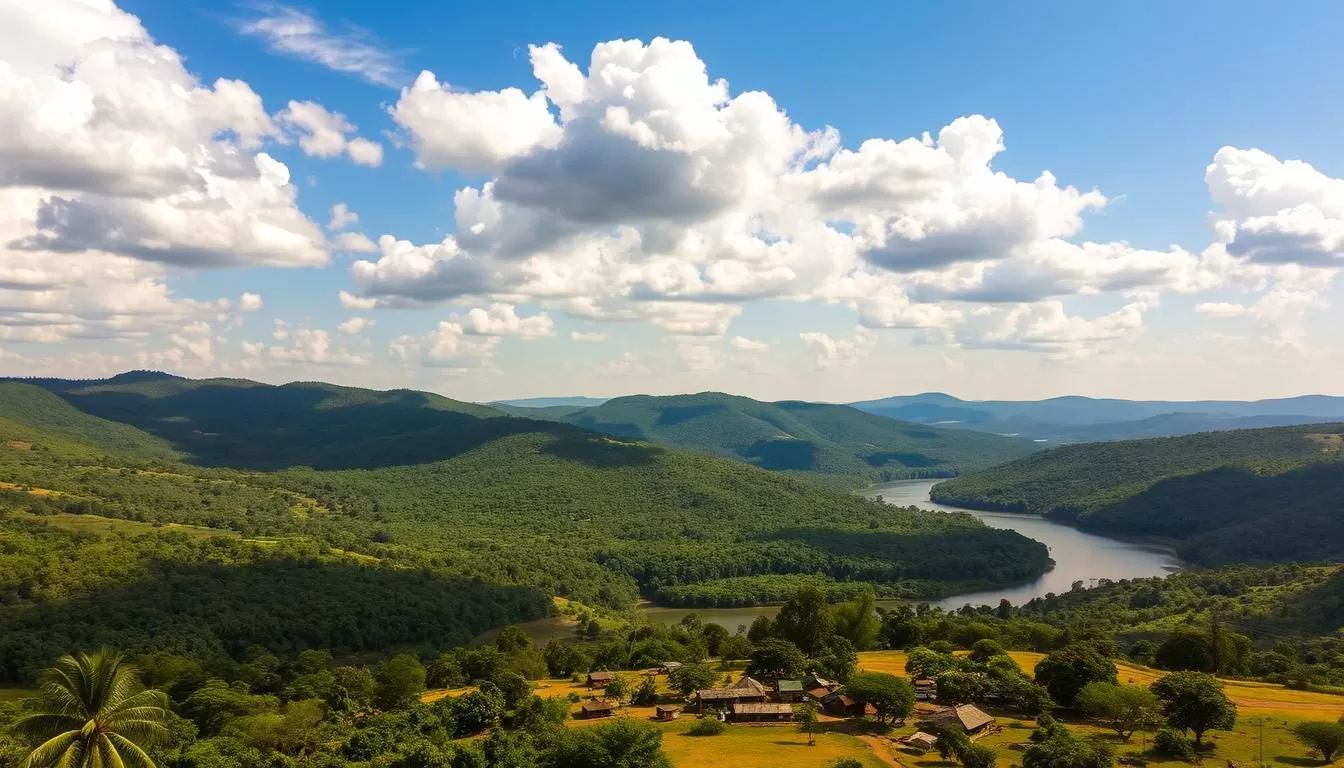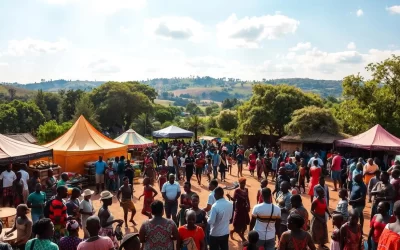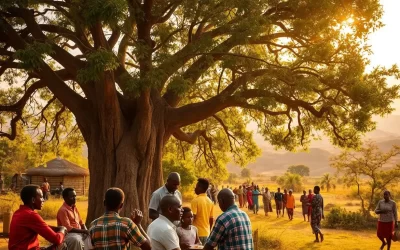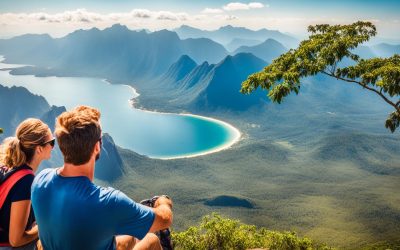Planning a trip to Malawi requires understanding the country’s distinct weather patterns to ensure you experience the best this beautiful African nation has to offer. Malawi experiences two primary seasons – a wet season and a dry season – each offering unique experiences and opportunities for travelers.
The timing of your visit will significantly impact your experience, from wildlife viewing opportunities to lake activities and cultural events. Temperature variations across the country are influenced by altitude and proximity to Lake Malawi, creating diverse microclimates throughout.
Understanding these regional climate differences can help you tailor your itinerary to experience optimal conditions in each destination. Whether you’re interested in safari experiences, bird watching, or relaxing on Lake Malawi’s shores, timing your visit strategically enhances your travel experience.
Understanding Malawi’s Climate Patterns
Understanding Malawi’s climate patterns is crucial for planning a trip, as the country’s diverse landscape creates distinct regional variations. Malawi’s climate is influenced by its geography, with factors such as altitude and proximity to large bodies of water playing significant roles.
The Two Distinct Seasons: Wet and Dry
Malawi’s climate is characterized by two main seasons: the wet season and the dry season. The wet season typically runs from November to April, bringing significant rainfall and high humidity levels, especially in the lakeshore regions along Lake Malawi. In contrast, the dry season, which spans from May to October, is marked by dry conditions and cooler temperatures, particularly in the highland areas like the Nyika Plateau and Mulanje Massif.
The wet season results in lush green landscapes and is ideal for certain activities, while the dry season is better suited for others, such as wildlife viewing in national parks like Liwonde.
Regional Climate Variations Across Malawi
Malawi’s diverse topography creates distinct regional climate variations. The northern region, including areas around Lake Malawi, tends to be warmer and more humid throughout the year. In contrast, the central region, which includes the capital city Lilongwe and the highlands, experiences more distinct seasonal changes with cooler temperatures during the dry season and higher rainfall in the wet season.
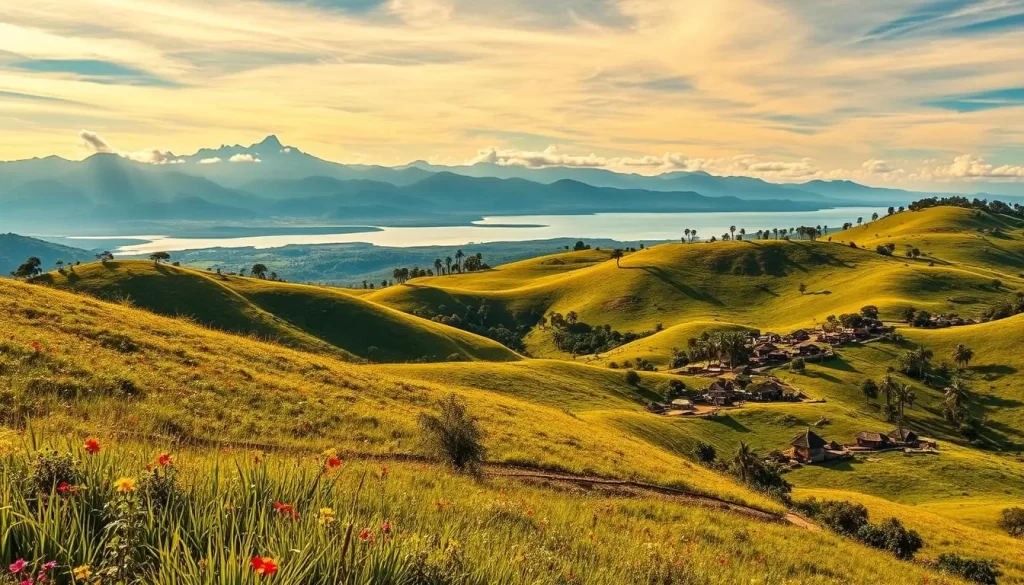
The southern region, encompassing destinations like Blantyre and Mulanje, experiences similar weather patterns to the central region but may have slightly warmer temperatures during the dry season. These regional variations allow you to experience different microclimates during a single trip by carefully planning your route through the country.
Malawi: Best Months for a Weather-Savvy Trip
Malawi offers a unique travel experience throughout the year, but certain months stand out for their ideal weather. Understanding the country’s climate patterns is key to planning a memorable trip.
May to October: The Ideal Dry Season
During the dry season, from May to October, Malawi experiences comfortable temperatures and low humidity, making it an ideal time for outdoor activities and wildlife viewing. The dry conditions make it easier to spot animals in national parks and reserves, as they tend to congregate around water sources.
The dry season is also perfect for exploring Lake Malawi, with calm waters ideal for swimming, snorkeling, and diving. The clear skies and pleasant weather make it a great time for photography, capturing the landscape in all its glory.
| Activity | May | June | July | August | September | October |
|---|---|---|---|---|---|---|
| Wildlife Viewing | Excellent | Excellent | Excellent | Excellent | Excellent | Excellent |
| Lake Activities | Good | Good | Good | Good | Good | Good |
November to April: The Lush Green Season
The wet season, from November to April, transforms Malawi into a lush paradise, with vibrant green landscapes and dramatic skies. This period is characterized by higher humidity and regular rainfall, particularly from January to March.
Despite the rains, the wet season offers several advantages, including lower accommodation rates and fewer tourists at major attractions. It’s an excellent time for bird watching, as migratory species arrive from the Northern Hemisphere, adding to Malawi’s already impressive resident bird population.
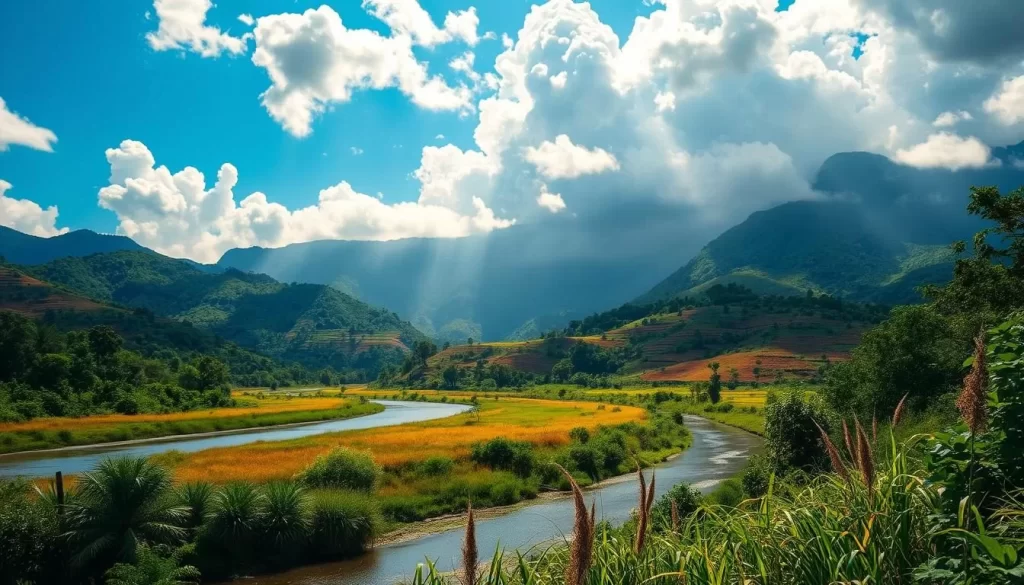
The wet season is also a time of new life, with many animals giving birth during this fertile period. However, spotting wildlife becomes more challenging due to the thick vegetation and widely distributed water sources.
Month-by-Month Guide to Malawi’s Weather
To make the most of your trip to Malawi, it’s essential to understand the country’s seasonal weather patterns. A month-by-month guide to Malawi’s weather will help you prepare for the diverse conditions you’ll encounter. Malawi’s climate varies significantly throughout the year, with distinct wet and dry seasons that impact the best times for activities like safaris, bird watching, and enjoying the beautiful landscapes.
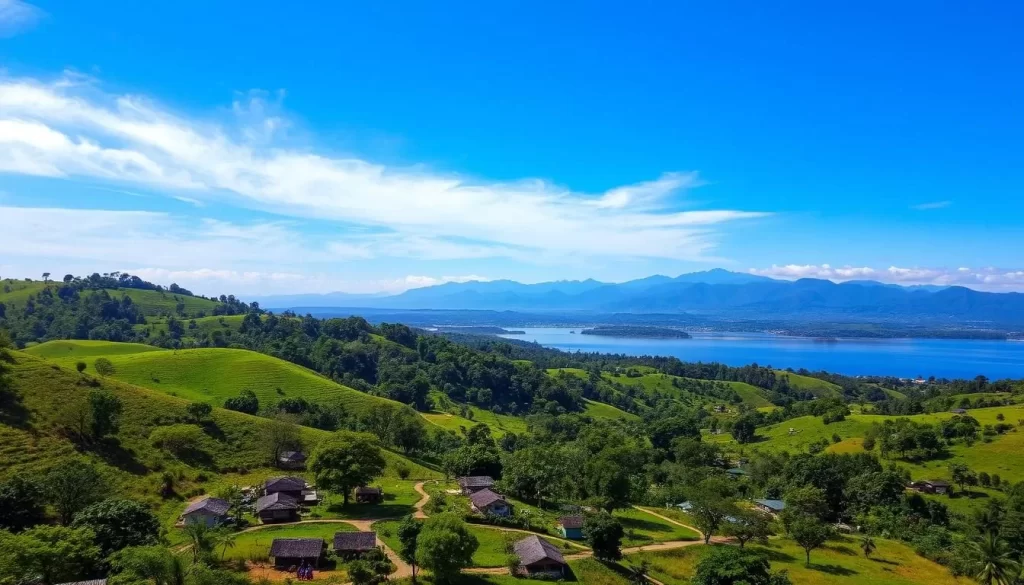
January to March: Peak Rainy Season
During January to March, Malawi experiences its peak rainy season. The heavy rainfall results in lush landscapes, making it an ideal time for nature lovers and photographers. However, some areas may become inaccessible due to the rain. Daytime temperatures remain warm, ranging from 25°C to 30°C (77°F to 86°F), while nights are mild.
April to June: Transition to Dry Season
As the rainy season ends, April to June marks the transition to the dry season. The weather becomes more pleasant, with clear skies and comfortable temperatures. This period is excellent for wildlife viewing as animals congregate around water sources. It’s an ideal time for safaris and outdoor activities.
July to September: Prime Safari Season
The dry season continues through July to September, making it the prime safari season. The dry conditions make it easier to spot wildlife as they gather around the remaining water sources. The weather is generally cool and pleasant, with clear skies and comfortable days. This period is perfect for those interested in safari experiences and exploring Malawi’s national parks.
- The dry conditions make navigation easier, enhancing the overall safari experience.
- Cooler mornings and evenings make it comfortable for early morning and late afternoon game drives.
- The concentration of wildlife around water sources provides excellent viewing opportunities.
October to December: Heat and Early Rains
October to December is characterized by hot dry conditions initially, gradually giving way to the early rains by November and December. Temperatures soar in October, often exceeding 35°C (95°F) in lower elevations, creating challenging but rewarding safari conditions. As November progresses, the first thunderstorms bring relief from the heat, and by December, regular afternoon showers start to transform the landscape.
- October brings hot dry conditions, ideal for spotting wildlife around dwindling water sources.
- November marks the transition to the wet season, with the arrival of the first thunderstorms.
- By December, the landscape begins to transform with the onset of regular rains, offering unique photographic opportunities.
Best Times for Specific Activities in Malawi
When planning your trip to Malawi, understanding the best times for specific activities can greatly enhance your experience. Malawi is a versatile destination that offers a wide range of activities, from wildlife viewing and bird watching to enjoying the beautiful Lake Malawi and participating in cultural events.
Wildlife Viewing and Safari Experiences
The best time for wildlife viewing in Malawi is from September to November, as the dry conditions cause vegetation to die back, improving visibility, and animals congregate around water sources, making them easier to spot. During this period, the temperatures are hotter, and the dry conditions make it ideal for safari experiences. You can expect to see a variety of wildlife, including elephants, lions, and antelopes, in Malawi’s national parks and reserves.
| Month | Wildlife Viewing Conditions |
|---|---|
| September | Excellent visibility, animals gather around water sources |
| October | Continued dry conditions, high concentration of wildlife |
| November | Early rains start, still good for wildlife viewing |
Bird Watching and Migratory Species
Malawi is a haven for bird enthusiasts, with over 600 species recorded. While birds can be seen throughout the year, the wet season brings migratory species, making it an exciting time for bird watching. The period from November to April is particularly good for spotting migratory birds.
Lake Malawi Activities and Cultural Events
Lake Malawi offers year-round appeal, but the dry season from May to October provides the most reliable conditions for water activities, with clear skies and calm waters. The Lake of Stars Festival, held annually in September, is a highlight, showcasing Malawi’s vibrant music and cultural scene. Water temperatures remain pleasantly warm throughout the year, making it ideal for swimming, snorkeling, and diving.
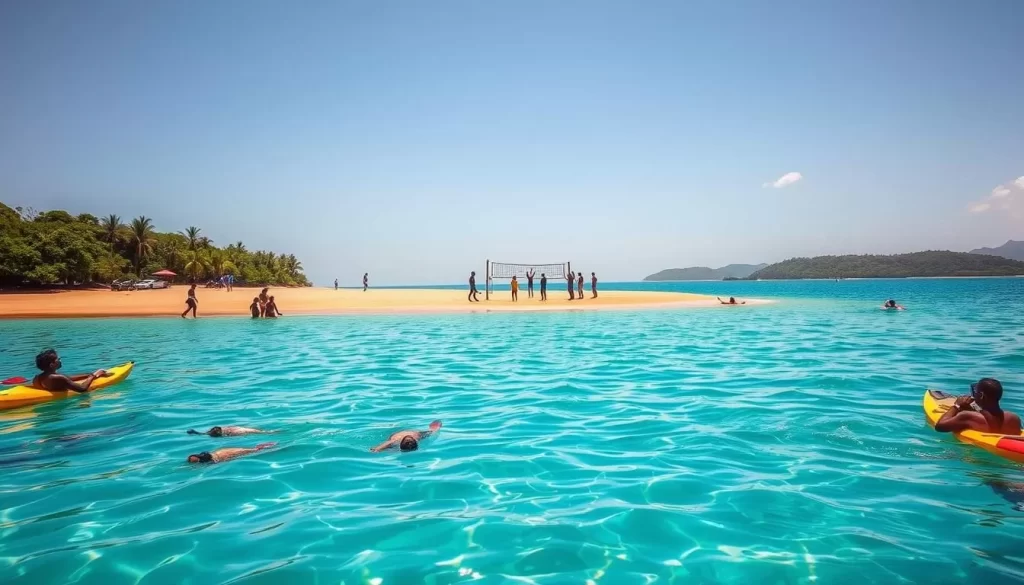
The shoulder seasons, April-May and November, offer good value for travelers seeking fewer tourists and lower accommodation rates while still enjoying favorable weather. Whether you’re interested in water activities, cultural events, or simply relaxing on the lake’s shores, Lake Malawi has something to offer at any time of the year.
Conclusion: Planning Your Weather-Perfect Malawi Adventure
Malawi’s allure remains constant throughout the year, offering something for every kind of traveler. When planning your trip to Malawi, consider the best time to visit based on your interests.
For a balanced experience, May and June are ideal, with green landscapes and comfortable temperatures. If you prioritize wildlife viewing, plan your trip during the dry season (July-September). Bird enthusiasts should target the wet season (November-April) for peak avian diversity.
Whatever season you choose, Malawi’s warm hospitality and diverse destinations ensure a memorable adventure. With its captivating landscapes and vibrant culture, Malawi is a perfect time to visit for an unforgettable experience.
The above is subject to change.
Check back often to TRAVEL.COM for the latest travel tips and deals.
Here are some Tours & Sightseeing suggestions that might pique your interests!
